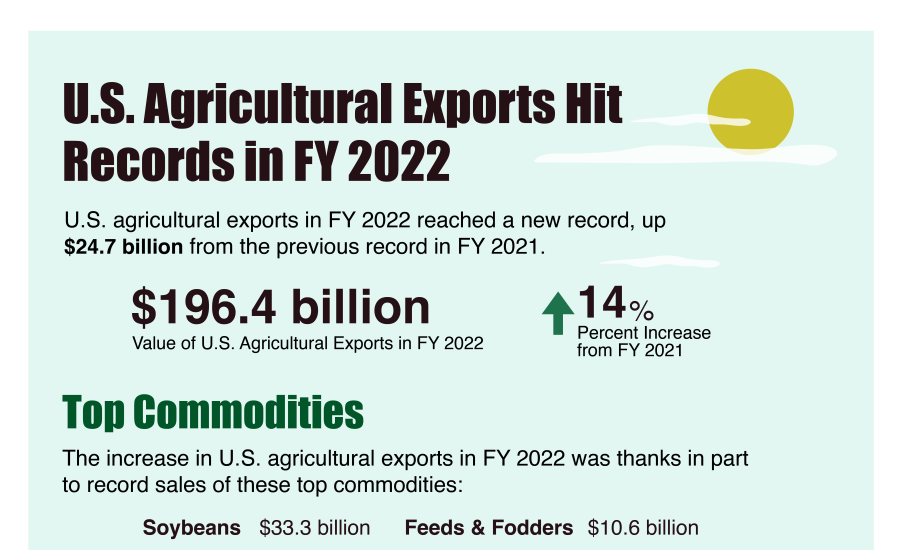Browse Data and Analysis
Filter
Search Data and Analysis
- 3420 results found
- (-) Western Hemisphere
- Clear all
Though area planted with genetically engineered crops continued to fall in 2022, expanded operations of another cottonseed producer, opportunities to increase pink pineapple exports, and a new government opposed to ‘red tape’ could reverse this trend in 2023. While neither livestock nor other animal producers in Costa Rica appear interested in animal biotechnology applications at this time, a regulatory structure exists.
Despite being passed in 2010, Nicaraguan biotechnology legislation lacks implementing regulations that would open additional opportunities for farmers and food processors to integrate new technologies into their operations. However, Nicaraguan companies continue to regularly import genetically engineered feed grains and oilseed products to support the growing livestock sector.
In July 2022, Canada published final regulations on supplemented foods. The new regulatory requirements are complex, and the food industry has until January 1, 2026 to become compliant. Stakeholders are strongly encouraged to consult the variety of resources and information made available by Health Canada to assist with the implementation of the supplemented foods regulatory framework.
Grape production in Peru is forecast to reach 766,000 metric tons (MT) in marketing year (MY) 2022/2023, an increase of seven percent compared to the previous year. Domestic consumption of fresh grapes is forecast at 186,000 MT in MY 2022/2023, a six percent increase from MY 2021/22. Peruvian grape exports are forecast to reach a record of 586,000 MT in MY 2022/2023, eight percent higher than the previous year. The United States will continue to be the lead export market.
In marketing year (MY) 2022/23, FAS Santiago estimates that table grape production will decrease by 7.1 percent reaching 732,000 metric tons (MT) and exports will decrease by 7.1 percent, totaling 565,000 metric tons.
The Dominican Republic (DR) continues to ban and/or restrict U.S. poultry exports from states with any type of detection of Highly Pathogenic Avian Influenza (HPAI), regardless of the outbreak being reported as poultry or non-poultry.
FY2022 agricultural exports reach record levels.
In marketing year 2022/23, wheat production is forecast up more than 50 percent from the previous year on increased acreage and higher yields due to improved soil moisture. Wheat exports are forecast to increase year-over-year on larger domestic supplies. Crop 2022 will be the first sizable crop in four years to compete for rail services with other sectors throughout an entire marketing year. Non-durum and durum wheat are expected to be of high quality, resulting in lower feed-grade wheat supplies.
Mexico has 1.2 million hectares of certified organic land in use. Eighty-six percent of all organic products are collected and harvested from natural habitats. In 2021, there were 48,641 certified organic producers in Mexico. The honey and coffee sectors have the most certified organic producers, while the avocado and berry industries produce the most in terms of value. Mexico represents an export market opportunity for U.S organic products, especially for younger and more affluent demographic groups.
Canada continues to be the largest export market for U.S. consumer-oriented products. In 2021, U.S. consumer-oriented exports to Canada reached $18 billion, doubling the amount exported to the second largest market, Mexico.
FAS/Canada projects modest growth for milk and cheese production in 2023, as consumption remains stable, and the market is partially supplied by rising import volumes following implementation of Canada’s various trade agreements. Butter production is forecast to grow in 2023, as stocks remain low, depleted by sustained strong consumption.
The competent Mexican authorities which regulate food and agricultural imports and/or require official U.S. export certificates include the Secretariat of Agriculture (SADER), Secretariat of Health (SALUD), Ministry of Environment and Natural Resources (SEMARNAT), and the Secretariat of the Treasury and Public Credit (HACIENDA).

